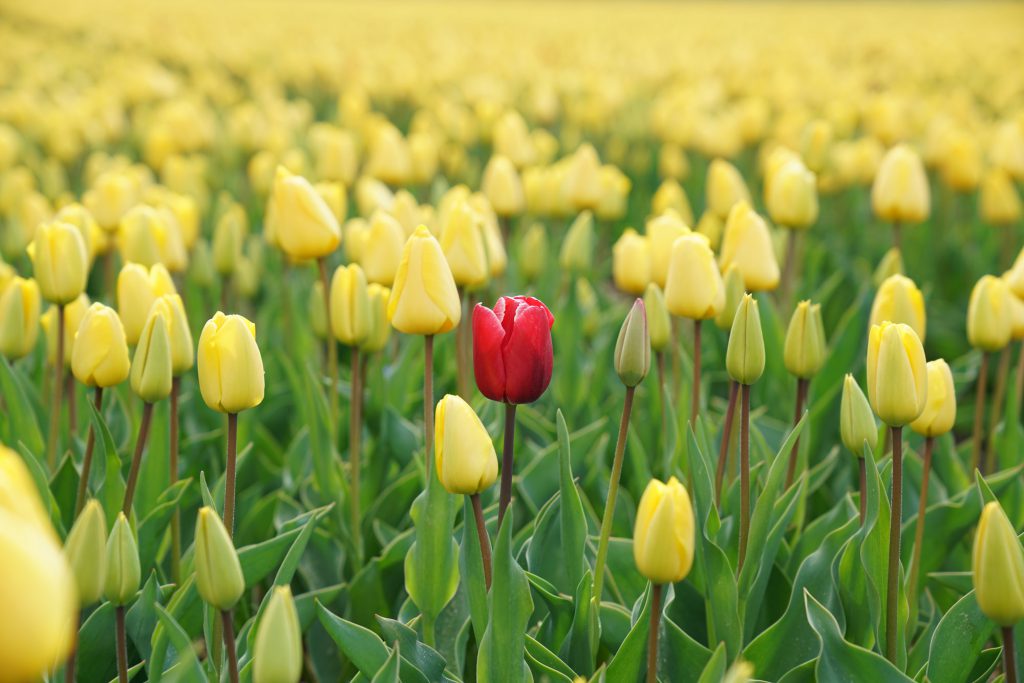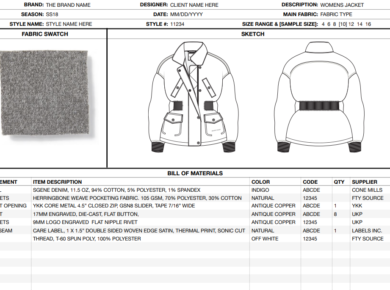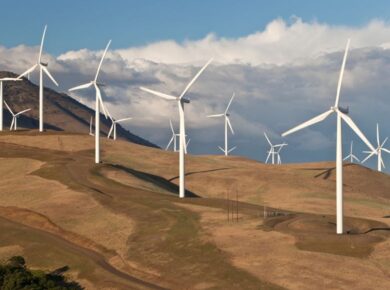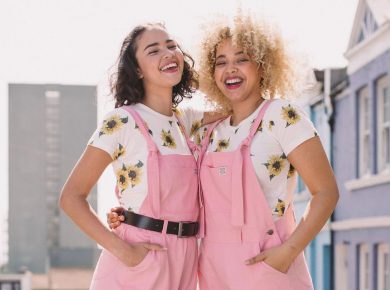We are fairly positive that you have seen the word “SUSTAINABLE” everywhere over the past few years.
We are also fairly positive that you have seen a massive increase in the use of this word by companies recently. They sort of throw it around like confetti at a wedding. It’s the new buzzword!.
We do not use the word “sustainable” on its own. Many people ask us why. We even get some really angry people saying nasty things to us.
We use the term “MORE SUSTAINABLE”.
Have you ever asked yourself;
- What the word “Sustainable” means?
- Are companies using this word, actually sustainable?
- Benefits of being “More Sustainable”.
- A possible solution.
Want to know more? Read on.
What does Sustainable mean?

This is not an easy question to answer. What we have found is that it means whatever the companies using it define it as.
This tends to fit in with some marketing agenda they are trying to push. Do not believe the hype.
We cannot list every company and example, as we would be writing until the Sun is a burnt-out lump of coal. See, even the Sun is not sustainable. Much like us, it will turn into a Red Giant, and fry all the planets in the Solar System. But, don’t worry. We will have pretty much destroyed everything long before that happens!
We have chosen to give Inditex as an example due to their outrageous and ambiguous claim.
For example, Zara has promised 100% sustainable fabrics by 2025! Sounds great. The only problem is that there is no 100% sustainable fabric in existence, nor will there be by 2025.
When asked about this, and what sustainability means in this context, a spokesperson said that it refers to prioritizing more energy- and water-friendly processes in the growing and manufacturing of these textiles.
Sounds good right? The only problem is that this statement is,
- Highly subjective.
- No objectively measurable criteria are mentioned.
What is of further interest to the keen observer, is that this article only mentions 3 fabrics to be 100% sustainable by 2025, cotton, linen, and polyester. (These are three of a vast number of fabrics they use). Yet, here we have a claim in bold headlines stating all fabric will be 100% sustainable by 2025.
And there we have the problem. Companies allowing to define what is sustainable themselves. There is no oversight guarding this critical and precious word. In essence, this allows them to blatantly distort the truth. This distortion is intentional by the way. As a consumer, you think you are supporting a sustainable company, when in fact you are being tricked by a massively budgeted PR machine.
So, what’s the end result?
Zara can’t be 100% sustainable as they claim, but they can be MORE sustainable than they currently are. (How much more is open to debate.)
This is why we always use the term “more sustainable”.
As mentioned, nothing is 100% sustainable. Let us look at one of the most sustainable fabrics out there, Tencel! You will undoubtedly notice, they use the words sustainable, and sustainability a lot.
Again, implying full sustainability. Again, this fabric is not fully sustainable. It is highly sustainable. Or as we would describe it. A lot “more sustainable” than other fabrics!
We like this fabric.
However, we don’t think that Lenzing implying that products made with their fabric is sustainable is a suitable solution. Have a look at this link. The implication is that the brands using Tencel are sustainable, We can assure you they are not. Some are “more sustainable” than others.
You see, sustainability is a lot more than just fabric (a subject for another blog). No fabric supplier has control over their fabric once sold. It can be dyed using the worst chemicals possible, or sewn in the worst sweatshop you can imagine.
Probably the best definition of sustainable is the simple one. It was created by the Brundtland Commission in the early Eighties. It simply states sustainability as:
“meeting the needs of the present without compromising the ability of future generations to meet their own needs.”
This definition essentially covers everything in one sentence.
Can any brand state this with 100% certainty? The answer is a resounding NO; therefore, no brand is sustainable. Many are “more sustainable” than others. We do not dispute this.
We just want honesty and transparency.
Are companies using this word, actually sustainable?

As we have made clear above, no company is fully sustainable, no matter how many studies and PR they throw at you.
However, some are a lot “more sustainable” than others.
Funnily enough, the more sustainable brands, tend not to get the media coverage they deserve. They tend to be low key, fly under the radar types, that simply get on with the job of doing the best they can.Generally, the ones getting the most media coverage are usually the least sustainable of all. One could almost believe they are paying for the advertorials they get.
We make a point of giving these relatively unknown brands some coverage in our “Better Brands” write ups. If you want to see which brands or the “more sustainable” ones, you should check our better brands out here.
Benefits of being “More Sustainable”
- You are not greenwashing. This is critical, as more and more regulators are cracking down on false sustainability claims.
- However, you need to ensure your practices are actually more sustainable than your previous practices. This should not be hard.
- As an example, if you are using a WRAP certified factory, you are a more sustainable brand than if you were not.
- If you are honest and open (transparent) about what you are doing, this gives buyers more information and the ability to make more objective purchasing decisions.
- Do not wrap yourself in vagueness, like many others I have mentioned above. A prime example of not being open and honest can be found here. No one wants the backlash.
- Honesty about what you are doing to become more sustainable, will force others to do the same and more progress will be made. Customers are already treating grandois claims with increasing scepticism. Openness and honesty cannot be treated with scepticism if it’s true.
- Small steps lead to great bounds. To be more sustainable, you can start small. The word “more” is a comparative. As your sustainability journey continues you can add more sustainable practices.
Our solution

As you might have guessed or solution is two fold.
Firstly, use the wording “More Sustainable”. I think we have explained this pretty well above.
Secondly, there needs to be one definition of “Sustainability”. This is not as difficult as it sounds. The process should be;
- Brand free. No one working for a brand should be involved in the definition process, nor have any input, due to a conflict of interest.
- Get some real experts (not the C level sustainability experts working for big brands, that are essentially reporting to marketing). These real experts are relatively easy to find. They are the ones that don’t blow their own horns, tell it like it is, and have no financial incentives that predisposes them to a specific definition. They also tend to be more open minded.
- Ensure the process is transparent, with public involvement.
- Give them six months.






